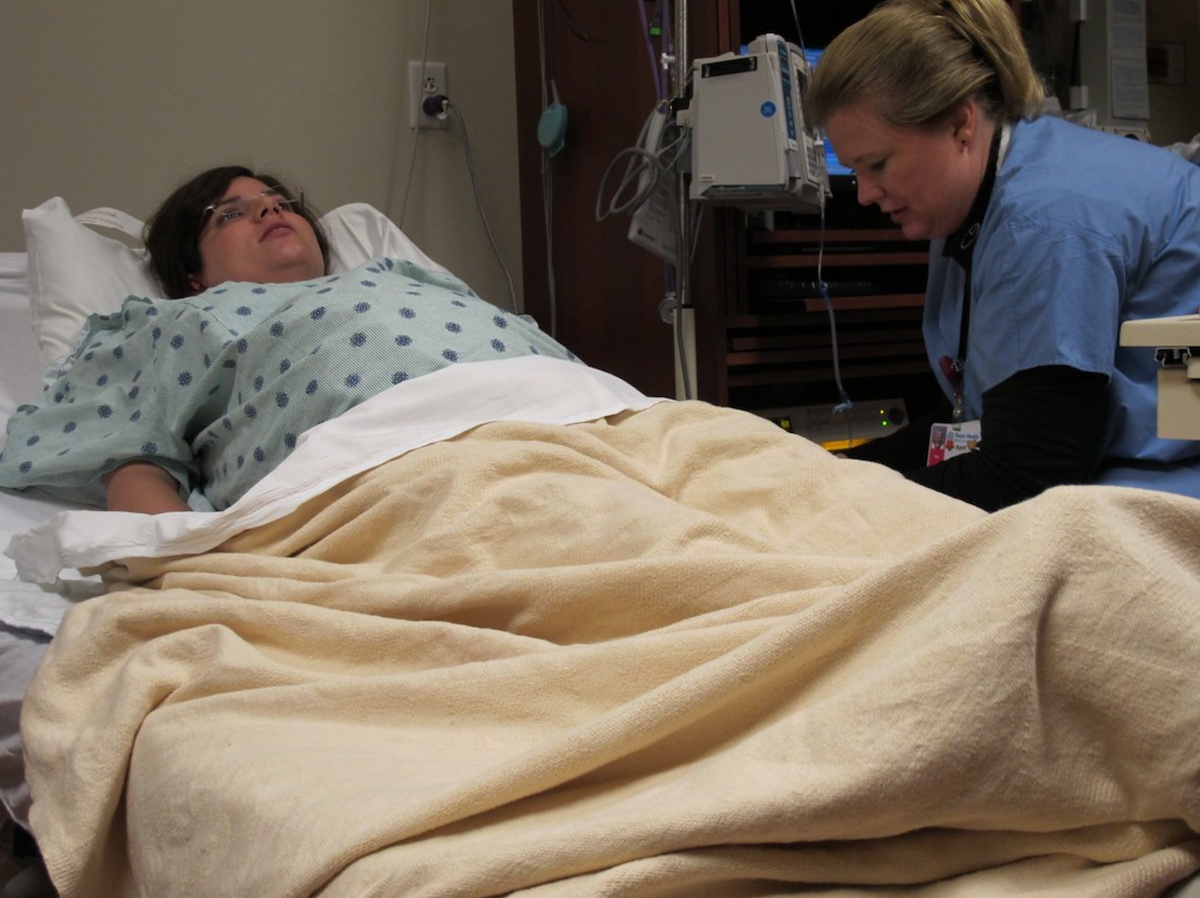Aspiration risk is the same for all patients with or without a Nasogastric or Percutaneous Endoscopic Gastrostomy Tube (PEG or NG) when in a state of bedrest. Imagine yourself eating a full meal and lying down flat. In quick time you will feel your stomach contents rising and teasing your esophageal sphincter. Acid burning, and sometimes, regurgitation (GERD). For the immuno-compromised, Elderly and or Stroke CVA patients who have weakened swallowing muscles, the risk of aspirate into the lungs is high.
GASTRIC EMPTYING TIME
Gastric emptying time is around 2 ½ hours for liquefied meals and 4 hours after a solid meal. Factors which alter gastric emptying include Medication e.g., prokinetic agents can increase gastric motility and help to empty the stomach (Cisapride, Phenergren). Other medications slow down the emptying as a side effect (e.g., narcotic analgesics, anticholinergics). Hyperglycemia also slows down gastric emptying. Stroke patients who commonly have diabetes need special attention and should be on aspiration risk watch when their Blood Sugars are high.
POSITIONING
For patients at home on long term feeding, we recommend a hospital bed to be used that can be elevated for patient safety during meal/feeding times. During any feeding, it is ideal that the patient is placed in a high fowler position, 45-90 degrees to assist in the breathing and digestion of food contents. After 30 minutes of meal time, the bed can be lowered to 30 degrees NOT LOWER. Turning to the right side after the meal will further aid in gastric emptying and minimizing aspiration risk.
Keeping the bed at 45 degrees for long periods can increase the risk of pressure sores and thus careful attention to turning and positioning and planning meal times is important. We advise families to plan ahead and create a schedule. Any activity that requires the patient to be flat in the bed be conducted BEFORE meals, such as bathing, shampooing and or changing of the sheets etc.
Most beds have a diagram on the frame below the mattress and you can see the 30 degree mark.
HOME NURSING
Home nurses can help recently discharged patients and their families at home maintain safe positioning whilst PEG feedings and NG. Home nurses from Accredited Organizations are trained to conduct medication reconciliation and are aware of the medications that can delay the gastric emptying. Enayati provides medical equipment and bed rentals are available for those families looking for a temporary solution while maintaining Safe Care.
Enayati Home Nursing is recognized by Accreditation Canada International for providing safe home nursing care. Our teams are trained in Elderly Care, Parkinson’s disease, Dementia, Alzheimer Stroke/CVA.

